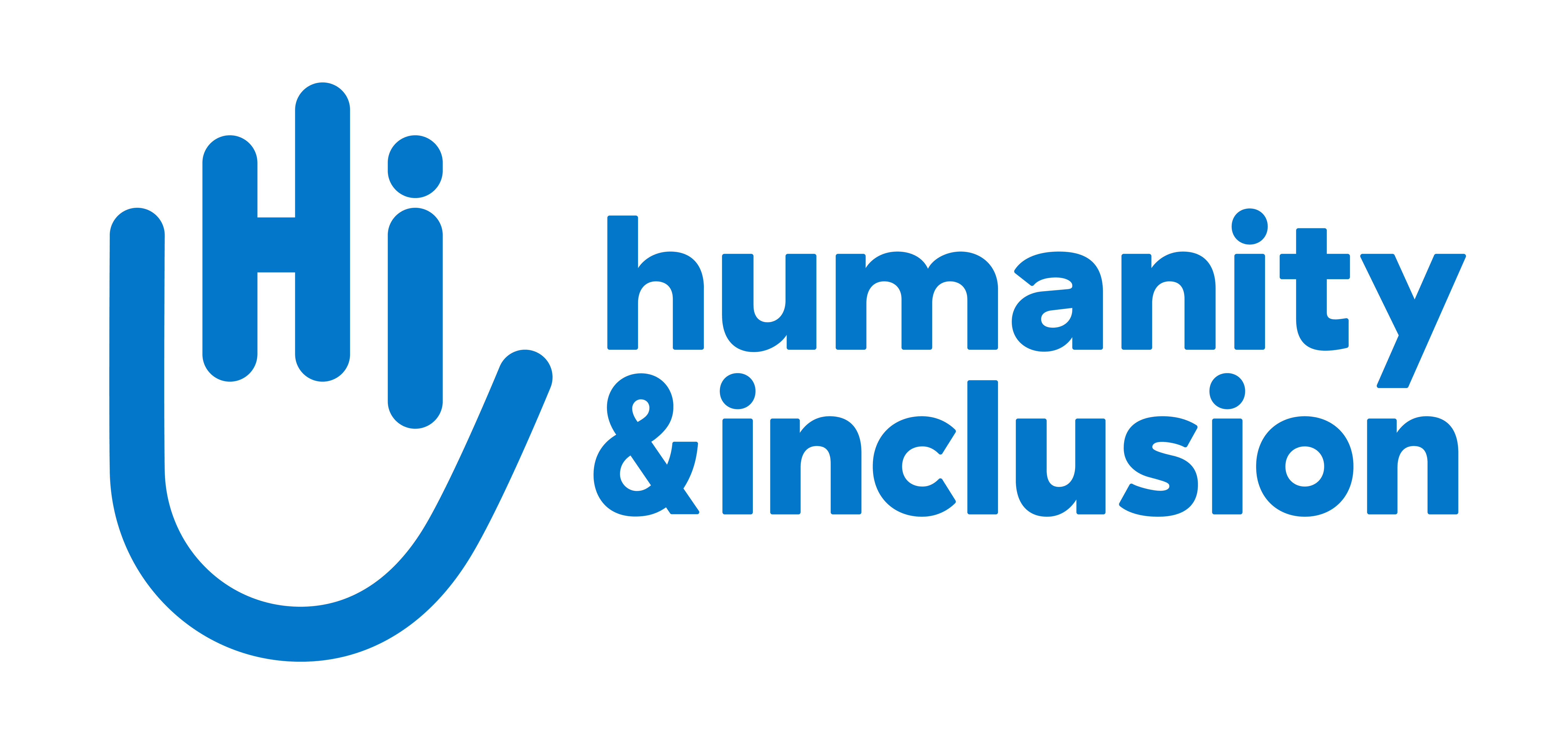“People with disabilities are afraid to go outside.”
Life of people with disabilities in Yemen is desperate. Difficulties fleeing violence, accessing aid... Advocacy Advisor Yasmine Daelman explains the situation.
Aden, destruction caused by airstrikes in Yemen in 2017. | © HI
HI has published a brief study on the protection of people with disabilities in Yemen, drawing attention to the fact that the UN resolution on this issue adopted by the Security Council in 2019 remains largely unimplemented…
What is the situation like in Yemen today?
More than 7 years of war in Yemen have caused one of the biggest humanitarian crises in the world. Around 75% of the population is in need of humanitarian assistance. Extensive bombing and shelling in populated areas have caused widespread destruction of civilian infrastructure. 150.000 Yemenis have died as a direct result of the armed conflict , but estimations show that the cumulative impact of the fighting, with the continuing deterioration of infrastructures and services, is responsible for a further 380,000 deaths. A temporary truce was declared in April, but it remains to be seen how long it will last, as dozens of violations are being reported every day.
How are people with disabilities affected by living in a war zone like Yemen?
People with disabilities have told us that they are afraid to go outside. They live in constant fear of being injured, as they are unable to escape from explosions or armed clashes. Physical, sensory and intellectual limitations can all prevent a person with disabilities from escaping the violence. Many people with hearing disabilities, for example, have sustained conflict-related injuries because they couldn’t hear and understand what was happening. Not being able to perceive situations of violence causes significant and debilitating feelings of anxiety and psychological distress in these individuals.
The World Health Organization estimates that some 4.8 million people in Yemen have at least one disability, but there is no precise data on their number and situation. What is certain, however, is that this number has increased significantly since the beginning of the war due to conflict-related injuries caused by the widespread use of explosive weapons, but also to the indirect consequences of the conflict, such as diseases going untreated due to disrupted or inaccessible health services.
People with disabilities are the most marginalised in crisis-affected communities, including in Yemen. Their needs are largely unmet. They live unshielded and unseen, to quote the title of the report we produced in partnership with the Arab Human Rights Foundation, “Unshielded, Unseen”. This report discusses the implementation in Yemen of United Nations Security Council Resolution 2475 on the protection of people with disabilities in armed conflict.
Over 4 million people have been internally displaced by violence in Yemen. Amongst them are people with disabilities. How are they specifically affected by displacement?
Firstly, conflict and displacement increase the risk of people with disabilities being separated from their caregivers. Sometimes, they may even be abandoned: People with physical disabilities, for example, are often unable to flee and so when a family has to escape the violence, they are sometimes left behind.
Secondly, camps for internally displaced people in Yemen lack adequate basic services and accessible infrastructure for people with disabilities, such as toilets and other sanitation facilities, and food distribution points are also difficult to access. As a result, their most basic needs are often unmet. Communication materials and methods in a camp are also not adapted to the needs of people with visual or hearing disabilities who are therefore excluded from much of the support and assistance provided.
Access to aid and services in Yemen remains extremely restricted. What is the impact on people with disabilities?
Around 60% of people in Yemen live in rural areas , while the vast majority of services still functioning tend to be concentrated around urban centres. The availability of services has also decreased significantly since the war started. At least half of Yemen’s health facilities have been destroyed or become non-functional or damaged to an extent they can no longer operate. The use of explosive weapons in populated areas has destroyed much of the very infrastructure that people with disabilities so desperately need (health, education, etc.).
Furthermore, an estimated 10 million people across Yemen (around 50% of the population in need) are living in areas where access to services is limited. 81% of the people with disabilities we interviewed told us that they are unable to access humanitarian services : they are too far away; they cannot afford the transport; the roads are too dangerous because they are littered with landmines, and so on. The reasons are many. All of these factors combined make it extremely difficult for people with disabilities to access the services they need.
The challenges they face can also come from barriers such as negative attitudes, misconceptions, and stigma. Another issue is that people with disabilities are often not consulted on their actual needs or asked to share their experiences in coordination spaces and international forums where decisions affecting them are made.
What can be done to improve the situation of people with disabilities in war zones?
All states must strengthen their commitment to the implementation of Resolution 2475. HI is seeking to remind all parties to conflicts and their allies worldwide of the utmost necessity to uphold all of their obligations under International Humanitarian Law and International Human Rights Law, including the Convention on the Rights of Persons with Disabilities (CRPD), with special attention to article 11 on the rights of people with disabilities in situations of armed conflict and humanitarian emergencies.
States must also ensure that dedicated resources are available to humanitarian and development partners to enable them to mainstream inclusion across humanitarian and development responses and ensure the meaningful participation of groups at risk of discrimination in humanitarian and development programming phases.
---
“Unshielded, Unseen: The Implementation of UNSC Resolution 2475 on the Protection of People with Disabilities in Armed Conflict in Yemen.”
This report examines the situation of people with disabilities in Yemen in the light of the provisions set forth in UNSC Resolution 2475 and makes recommendations to facilitate the implementation of this resolution in the context of Yemen. For the purposes of this report, we conducted a literature review and key informant interviews with representatives from eight local organisations of people with disabilities and talked to affected people and INGO professionals in the field. These interviews and research took place from March to April 2022. The report also contains anecdotal and empirical evidence drawn from HI’s experience of implementing activities for and with people with disabilities in Yemen.
In 2019, the UN Security Council unanimously adopted Resolution 2475.
On 20 June 2019, the UN Security Council unanimously adopted Resolution 2475, a landmark resolution calling on states and parties to armed conflict to protect people with disabilities in conflict situations and to uphold their rights, including by ensuring they have unimpeded access to justice, basic services and humanitarian assistance. Comprehensive and clear, Resolution 2475 establishes several concrete actions to be taken by states, parties to conflicts, the UN and the international community at large to address the challenges experienced by people with disabilities in situations of armed conflict. However, the impact of the Resolution is entirely dependent on its implementation – and a lack of action on the ground leaves people with disabilities disproportionately affected by conflicts around the world. This is especially the case in Yemen, where some 4.8 million people are estimated to be living with at least one form of disability.





